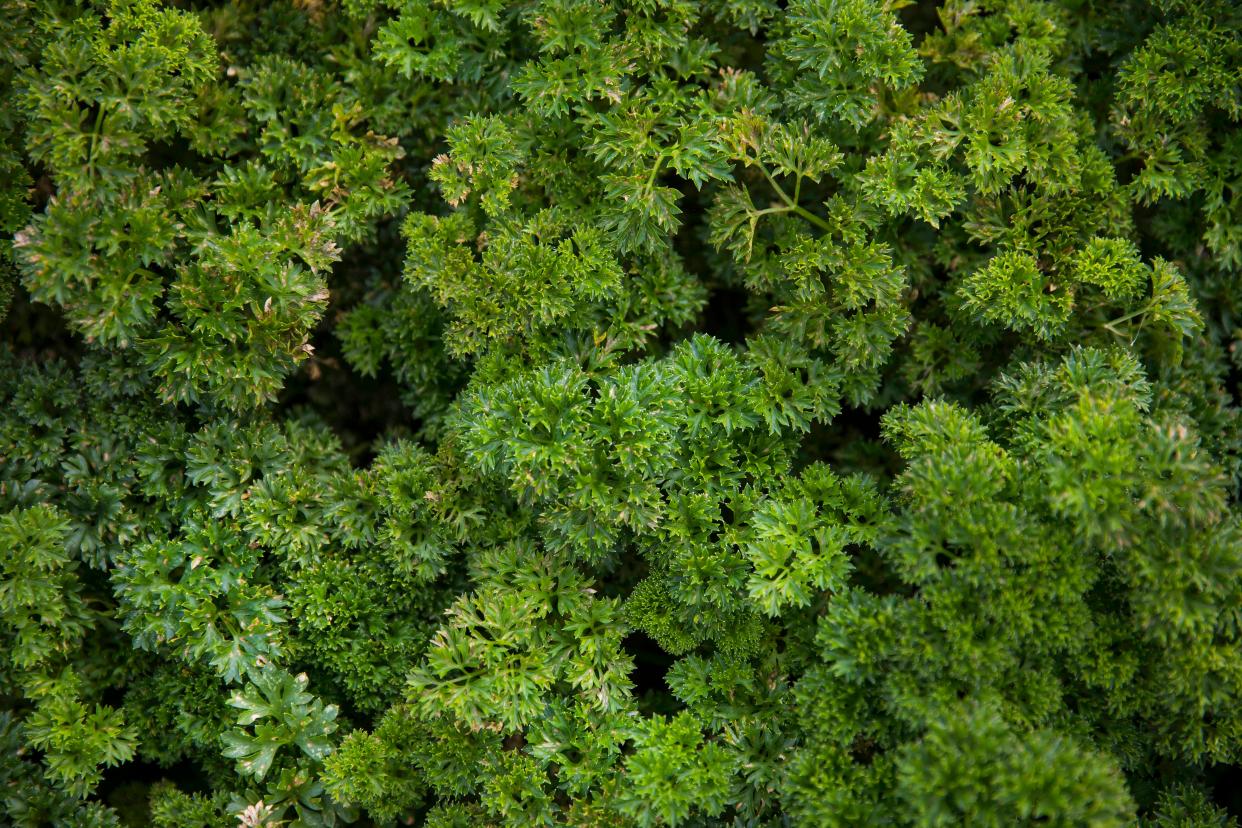Herb is the word for Big Country gardeners

Herbs are a gardener’s delight. They can be grown year-round and, depending on the variety, they can be grown indoors or outdoors.
Technically, herbs are plant leaves used for flavoring food, as a medicine or to add fragrance. True herbs (botanically speaking) do not have woody stems. Gardeners often have a broader definition that includes plants with woody stems such as rosemary or plant flowers (lavender).
Although the term "spice" is sometimes used interchangeably with "herb," technically spices are harvested from portions of the plant other than leaves.
Herbs originate from temperate climates like those of North Texas, making them a perfect fit to grow in the Big Country area.
Some common fresh herbs for cooking are lemongrass, mint, sage, chives, coriander, basil, thyme, oregano and rosemary. Fresh herbs are easily substituted for dried herbs and give a fresh flavor to foods. The typical ratio is 3-to-1 of fresh herbs to dry herbs. For example, if a recipe calls for 1 teaspoon of dried basil, simply triple that and use 1 tablespoon of fresh basil.
If a recipe calls for ground dried herbs, the typical ratio is 4-to-1 of fresh herbs to ground dry herbs. For example, if a recipe calls for 3/4ths of a teaspoon of ground dried basil, simply multiple that by 4 and use 1 tablespoon of fresh basil.
Herbs can be grown from seed or from transplants. Transplants are the easiest way to grow herbs. A healthy transplant will be a sturdy-looking plant with a well-developed root system that fills the container (but should not be root bound, meaning roots that are circling the bottom of the container).
Culinary herbs are often grown in containers. Any type of container can be used to grow herbs as long as: there is a drain hole to keep roots from sitting in water; the depth and width is sufficient for plant roots to spread; a good potting mix is used; and the plants are placed properly in a location based on the herb’s need for sunlight and water.
Plan on watering frequently as containers dry out more quickly than plants in the ground. Experiment with different kinds of herbs in containers to determine where the herb will grow best in your house. The herbs may need to be moved within the kitchen as the seasons change in order for the herbs to get enough sun. If the herbs are not getting enough light a grow light may be needed for a few months.
Harvest the herbs after the plant has successfully added a few inches of new growth. When the plant begins to flower, it is preparing to produce seeds and die. Once your herbs begin to flower, you can simply remove the flowers and continue to harvest the herb.
Removing the flowers can prolong the herb growth, but after an herb begins to flower the herb leaves can become bitter. Once the herb flowers persistently, it is best to preserve the remaining herb and start again.
Herbs can be preserved by drying, freezing or pureeing fresh herbs with water or oil.
Herbs can also remain fresh once you have cut them by placing the stems in a jar of water just like placing flowers in a vase. Next, cover the tops of the herbs with plastic wrap or a plastic bag, almost making an umbrella or mini greenhouse for your herb tops. This keeps the moisture in your herbs and ensures that the herbs do not dry out or become scorched by the cold air in the fridge. Place the herbs in your refrigerator until you need them.
Parsley, cilantro, oregano, chives and basil can last more than a week in the fridge if covered properly. For thicker-stemmed herbs like rosemary, thyme and sage, you can place them in a wet paper towel and keep them in the refrigerator until ready to use.
See https://teea.tamu.edu/files/2019/09/EHT-079-growing-herbs-in-texas.pdf for more information on herbs. We hope that you will visit the Big Country Master Gardeners at www.bcmgtx.org for future events!
This article originally appeared on Abilene Reporter-News: Herb is the word for Big Country gardeners

